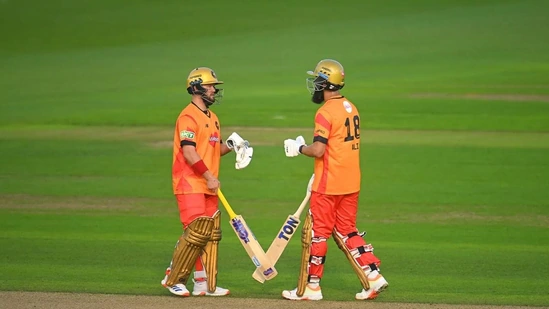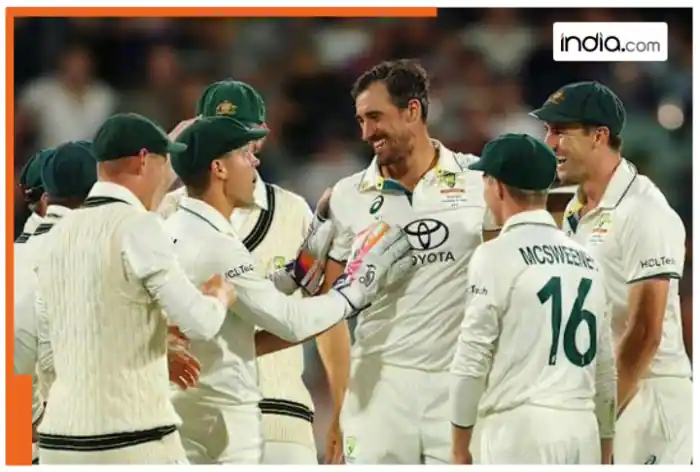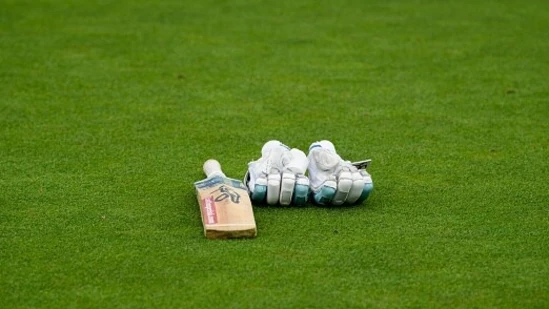Ashwin's Decision: Embracing Retirement as a Fresh Start
Ashwin’s sudden turn – midway through a Test series – has shocked everyone. It seems he ended his glorious spell feeling angry, frustrated, and disappointed that he wasn't central to the Indian team's plans anymore.
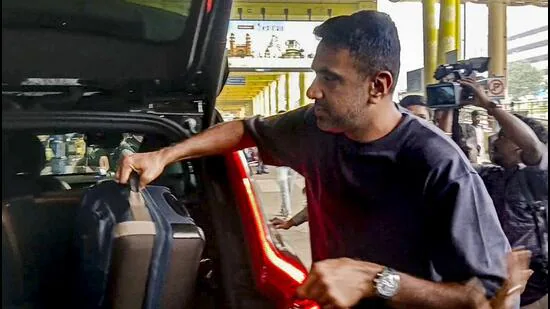
This raises the question: when, and how, does a champion player decide it’s time to go?
Bumrah’s guided missiles take less than a second to reach the batsman – in that brief moment, the batsman has to decide whether to play or leave, defend or look to score. But about retirement players have all the time in the world to think, though it’s never easy to slip into an uncertain afterlife.
Recently, some greats have done that. When Tim Southee ended a fantastic career, the England team gave him a cricket “guard of honour”. Before that, Jimmy Anderson and David Warner retired in somewhat similar circumstances. Anderson’s farewell was on a gorgeous sunlit morning at Lord’s. The Test ended before lunch on Day 3 but an almost full house waited respectfully till mid-afternoon to celebrate the extraordinary career (188 Tests, 704 wickets) of England’s greatest. Warner’s last dance was at Sydney, his home ground, ending a spectacular 15-year-old career that brought him 20,000 international runs and 48 hundreds .
Anderson and Warner were allowed a grand departure, their final Test appearance announced in advance to give them a dignified exit in front of adoring fans. Both, however, were gently nudged into retirement.
Their afterlife is a mixed bag. Warner sits in the commentary booth passing judgement on colleagues he shared a dressing room with till yesterday. Anderson has had a more troubled transition – after a brief stint with England’s fast bowling group, he surprisingly signed up for the IPL auction and, unsurprisingly, went unsold.
What was he 42 year old retired quick really thinking? In an interview, he explained, saying he was still passionate about playing, was fit and motivated, bowling as well as ever and could still contribute.
Which could be true but shows how difficult it is for champion athletes to gracefully move on. Most are convinced they can continue doing what they have successfully done for so long.
Each player reaches a stage where things are not the same, especially with advancing age. Suddenly, batsmen realise it is taking longer to judge length, the feet don’t move well, the ball is hitting the bat a shade quicker. Cover drives end up in slip, the flick off the legs results in a lbw decision and the front-foot pull lobs gently to point instead of sailing over mid-wicket.
Bowlers suffer a similar skill decline. Spinners search for the grip, bite, bounce, turn they had till the other day. Quicks, whose carry once surprised the keeper, now struggle to get the ball stump high and, with nip gone, the leg cutter poses no threat to the batsmen.
Often, it’s not a matter of skill but lower motivation. As performance fades and selection pressure increases, the player must judge if there is fuel left in the tank, whether the battery is still charged. This explains Southee’s decision to quit.
While making the final call players look to protect reputations built carefully during their long careers. Legacy is important and how future fans judge you is a prime consideration.
In India, our greats live on forever – much after retirement – they are lifelong celebrities holding a cricket credit card that provides unlimited benefits of adulation and riches. SMG, Kapil paaji, Sourav, SRT, Dravid, Sehwag, VVS, Kumble, Harbhajan, Yuvraj were outstanding servants of Indian cricket who earned the respect and love of fans.
It’s likely Ashwin left abruptly because he wasn’t getting the respect he deserved. As an outstanding cricketer, a true superstar, he didn’t want to accept the selection snub handed out to him.
The current India team has other superstars who will be soon challenged by the retirement issue. Virat is cricket’s royalty and Rohit is among the finest in an exclusive group of 316 players who have represented India in Tests since 1932. Each will take a calculated call to leave on a happy note, with dignity, grace and respect. Virat summed this up nicely when he said he is not the type to hang around.
Usually, retirements are not sudden, and it’s possible to see the finishing line in a player’s careers after a glorious marathon run. Of course, MSD and Ashwin defied the trend by rewriting the retirement script but others must listen to their body – and consult their brains - before deciding to hit the stop button. In most cases, it is solitary hard group discussion with self because no outsider can provide a meaningful input.
In a way, compared to the past, retirement is not such a dreaded prospect. Considering cricket’s growing ecosystem true legends have a job guarantee scheme with multiple options available to them for remaining connected.
Retirement, cricket’s afterlife, is not a dead end — only a fresh innings.
Stay informed with the...RELATED STORIES
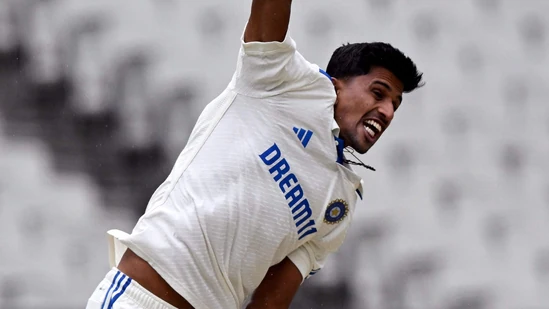
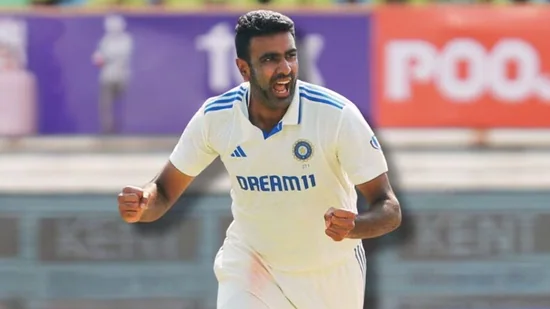
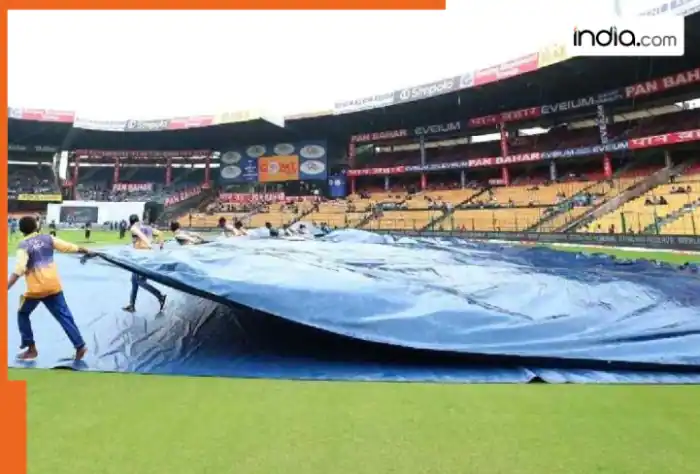
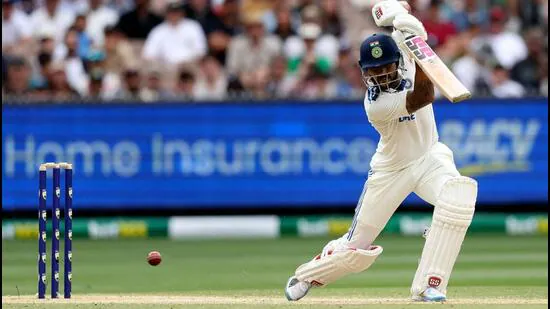

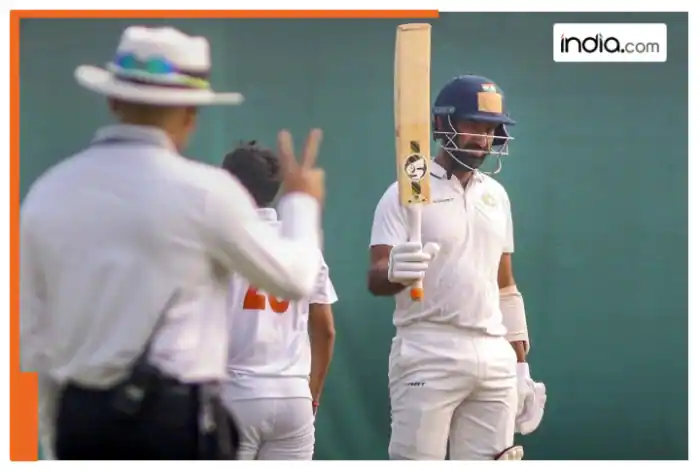
LATEST NEWS
